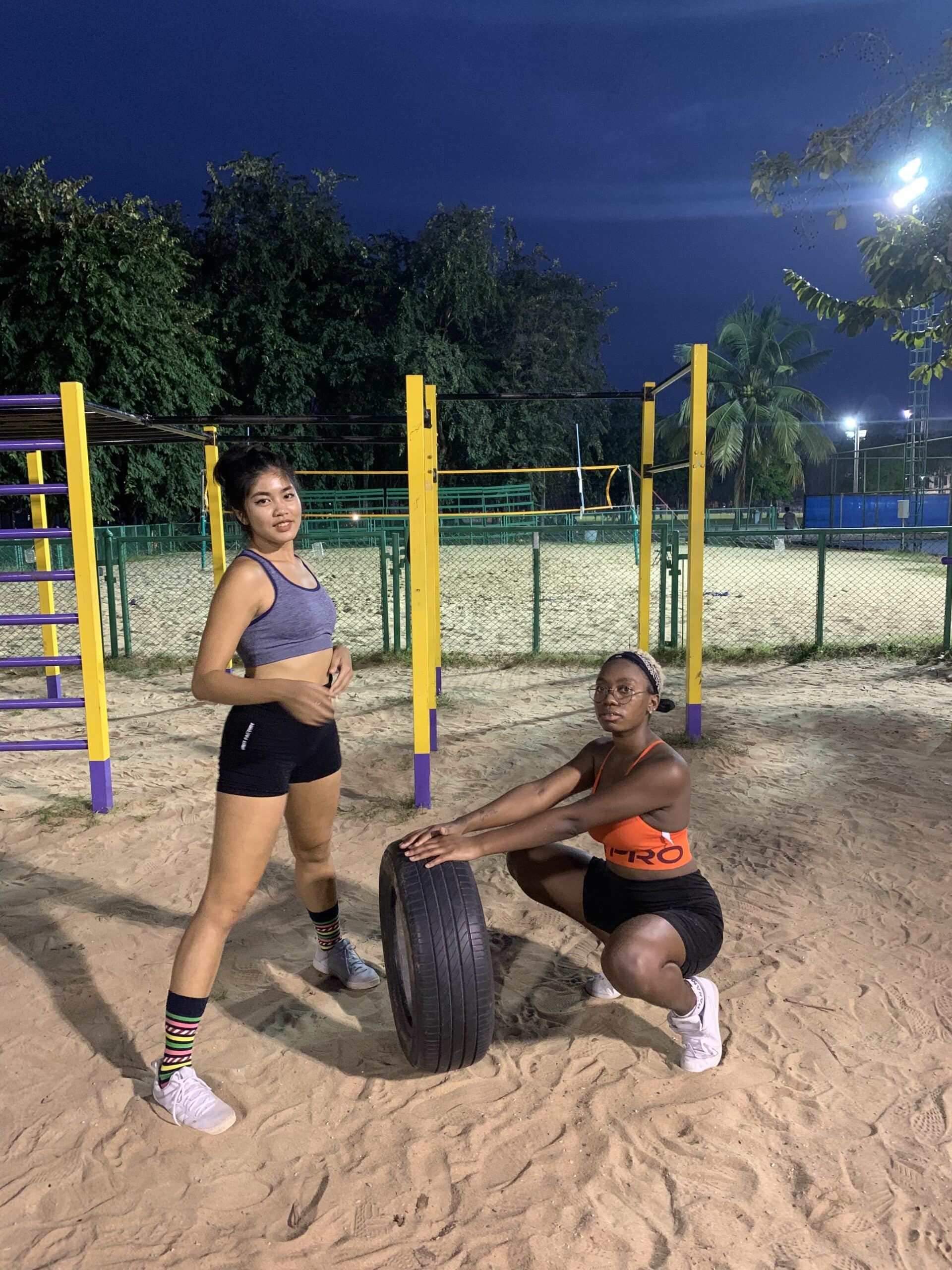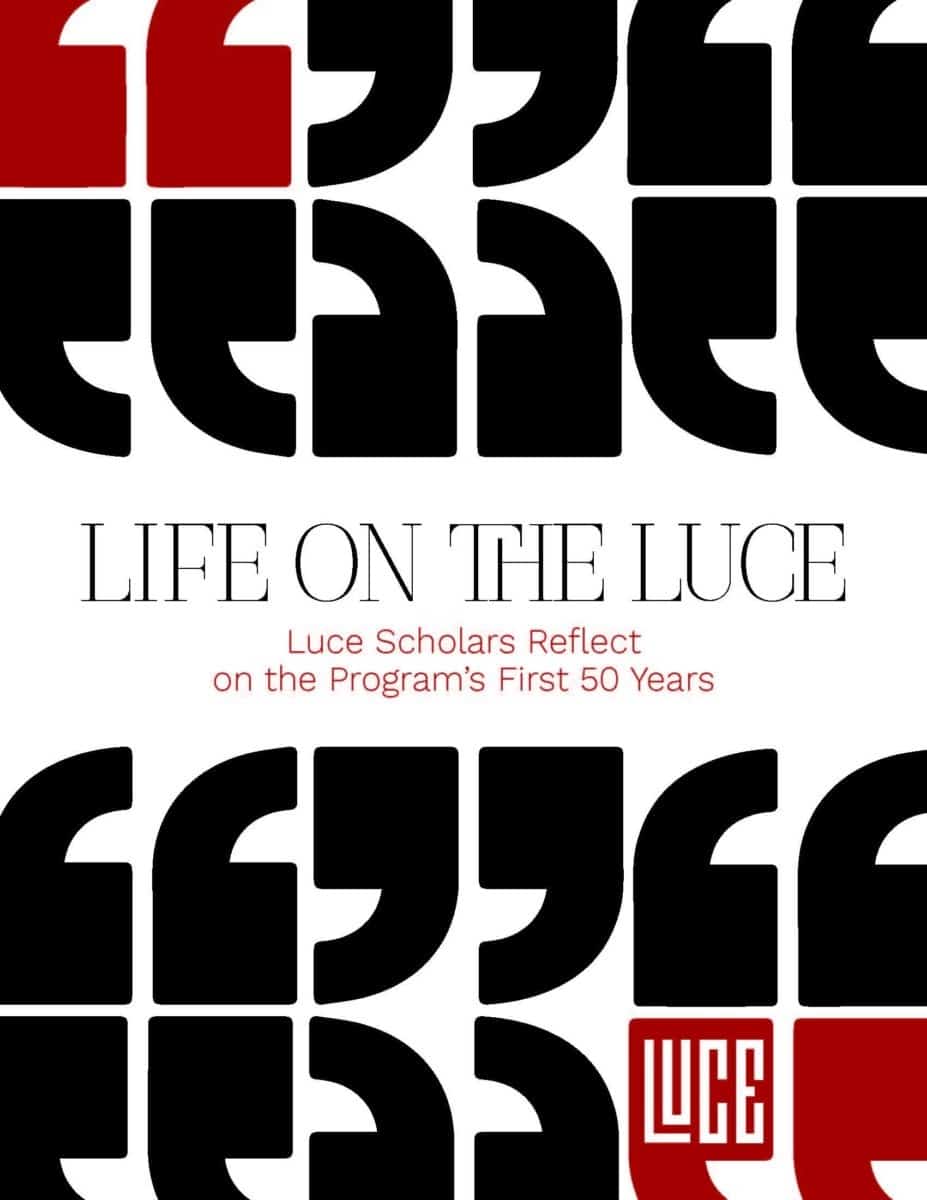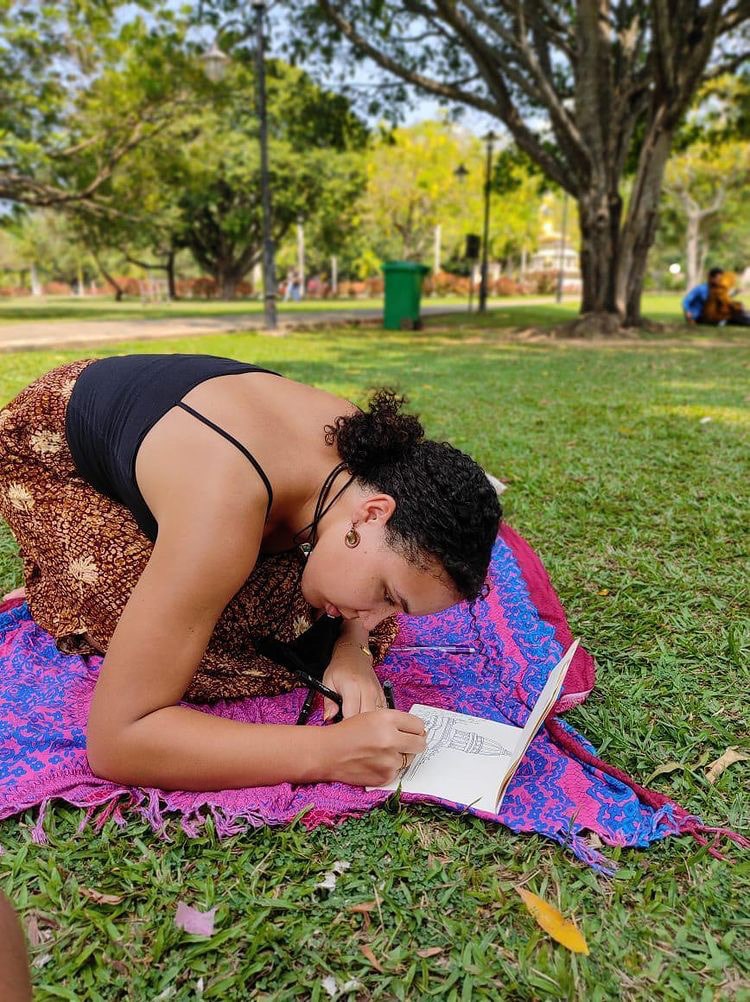“Would you ever fight in the ring?” At the end of my first Muay Thai session, body flush with adrenaline and exhilaration, this question from one of the more experienced members of the gym I was visiting shocked me so thoroughly that for a moment I forgot to breathe. I’ve loved martial arts since I was a kid. I see material use in knowing not only how to defend yourself, but the inherent power that comes with knowing that you can throw a skronnggg jab should a situation also call for you to initiate. Thus, when it was presented to me that I could be a good candidate for a real life Muay Thai fight, I stumbled past my trepidation and immediately became a member of the gym.
Muay Thai is an ancient and revered martial art. Sometimes known as the “Art of Eight Limbs” because it utilizes 8 points of body contact as weapons for combat, it has a long history that is deeply intertwined with Thailand’s sense of self. Because of this, training became one of the most expansive gateways I had into Thai culture. Every person in Chiang Mai that would listen knew that I was training for a Muay Thai fight, and every person that I told had something special to offer me toward that journey. Thai language classes equipped me with essential vocabulary for getting around Chiang Mai and reaching the farms in the surrounding province, but my coaches taught me the idioms, jokes, and slights exchanged between fighters and their coaches. When Kru Donut asked me during one of the breaks from language class to talk about the Thai we learned in the gym, we devised a plan to study Muay Thai language at least once a week. P’Mun, a beloved comrade from Food Not Bombs CNX, regaled to me, with useful translation assistance from P’Ize, the story of Buakaw Banchamek, one of Thailand’s most beloved and famous Muay Thai champions. Their telling of his story connected Muay Thai to the struggle of the Thai working class. Even at the gym, we often strayed away from discussions on clinching and swept toward joyful cultural exchange. One morning I showed up early enough for my coach to teach me how to participate in the Thai lottery (most popular on the 1st and 16th of each month), which lead to an animated conversation on Thai superstitions. I’d never laughed harder than when Coach Athit and Coach Teresa told me about how stressed coaches can get after placing huge bets on their favorite fighters.
Between training to earn my own fight, I went to other fights and other gyms, watched fights on YouTube, and researched some of Thailand’s best champions –all towards the goal of getting in the ring. I started going to bed earlier to have more energy for my morning run, during which I would pass the same Thai grandfather who always cheered me on. Everything I could do to supplement my stamina, confidence, and agility, also bolstered my investment in the lives and stories of the people around me. The grandfather who cheered me on represented a cultural exchange and investment that colored my time in Chiang Mai with joy. My life revolved around training and my training revolved around Thai culture.
From the beginning, training to fight Muay Thai was about how I could practice reverence for someone else’s culture and learn pathways toward meaningful exchange. From learning the WaiKru to sparring with Thai friends, Muay Thai presented an opportunity for me to engage Thailand and Thai people in a way that said, “I am so excited to learn from you and grow alongside you.”


